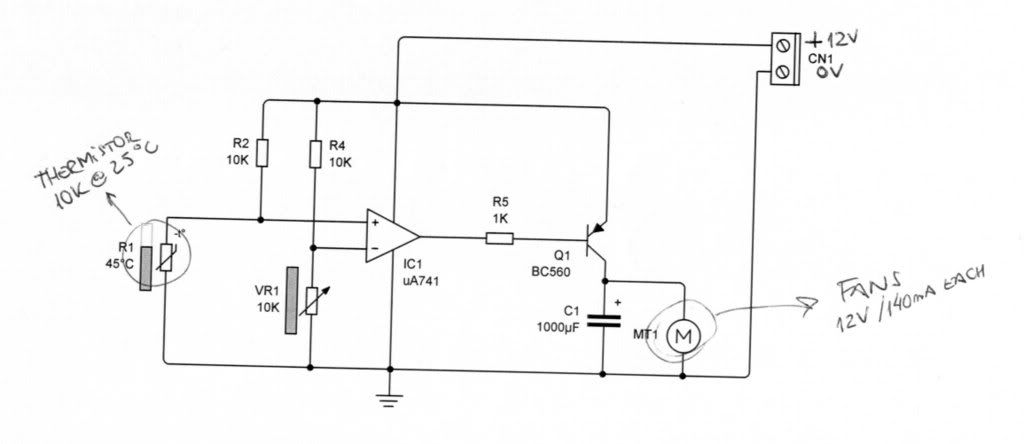Hello,
I just building an electronic temperature switch, that will make 2 fans start with the temperature rise...
The problem is that I use a BC560 that has a max collector voltage around 100ma... and need at least 280ma (140 + 140) to the fans...
How can I get another transistor with the BC560 same characteristics but with more collector voltage?
I'll post the schematic...
Cheers,
Eddie ;D
I just building an electronic temperature switch, that will make 2 fans start with the temperature rise...
The problem is that I use a BC560 that has a max collector voltage around 100ma... and need at least 280ma (140 + 140) to the fans...
How can I get another transistor with the BC560 same characteristics but with more collector voltage?
I'll post the schematic...
Cheers,
Eddie ;D

















![Soldering Iron Kit, 120W LED Digital Advanced Solder Iron Soldering Gun kit, 110V Welding Tools, Smart Temperature Control [356℉-932℉], Extra 5pcs Tips, Auto Sleep, Temp Calibration, Orange](https://m.media-amazon.com/images/I/51sFKu9SdeL._SL500_.jpg)


















